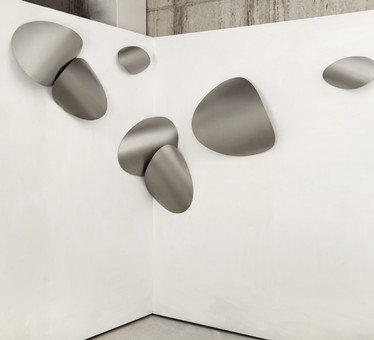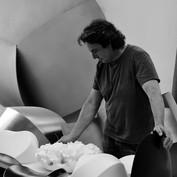Juan Asensio

Cuenca, Spain, 1959
“Matter, form and idea constitute a unit, a work. My first works were figurative and I used materials like clay and wood, which was the right one for that. I spent one of those portraits made in clay for marble, but the result did not convince me. The question of “fossilizing” someone in this type of material did not seem appropriate to me. However, the process was decisive. Each step taken implied a learning process that helped me discover the possibilities and qualities of the stone: its density, its power, its fragility… I realized then that the most interesting part of this process was the beginning, when I worked from a block, from a perfect geometric figure, from a prism. Everything that came afterwards was losing interest, so I went back and went back to the beginning. I started to review the work of Oteiza and other artists that interested me and knew how to use the stone in their works properly. I continued to use the stone in my first sculptures, starting with geometric elements. I felt more and more comfortable, I controlled the process well and the result was what I wanted. I thought that the stone was the appropriate material for the type of work that I was developing. Nobody today discusses the validity of materials such as canvas and oils related to classical tradition. The important thing is not so much the material itself, but what you are going to do with it. The material is only the vehicle, the physical body of an idea. Many, to assert themselves in their modernity, rely on the use of cutting-edge materials and technologies that often hide the lack of interest in a work. ”
Juan Asensio, in an interview with Rafael Sierra in 2014
Exhibition "Line, Color and Movement"
We present Line, Color and Movement. Dan Galeria's new online collection exhibition.
